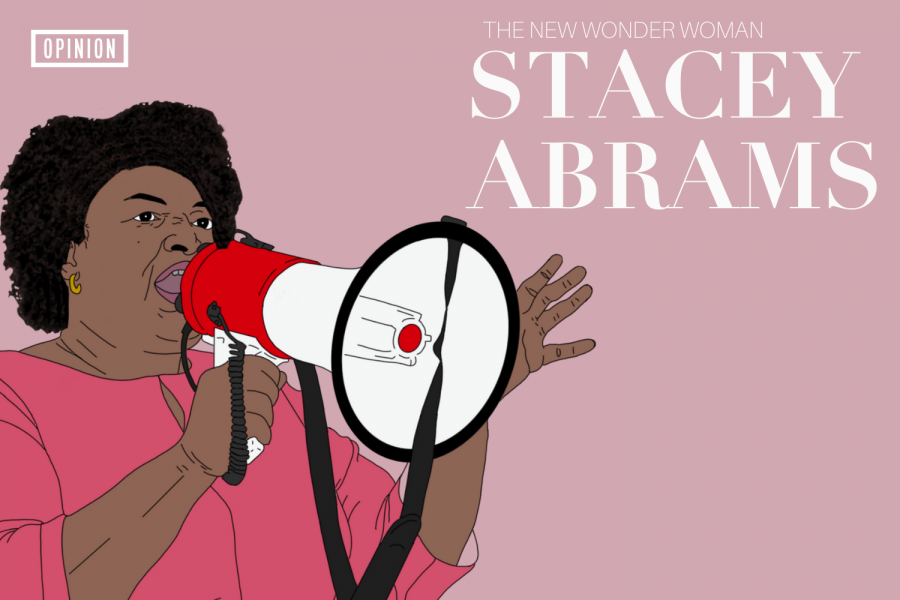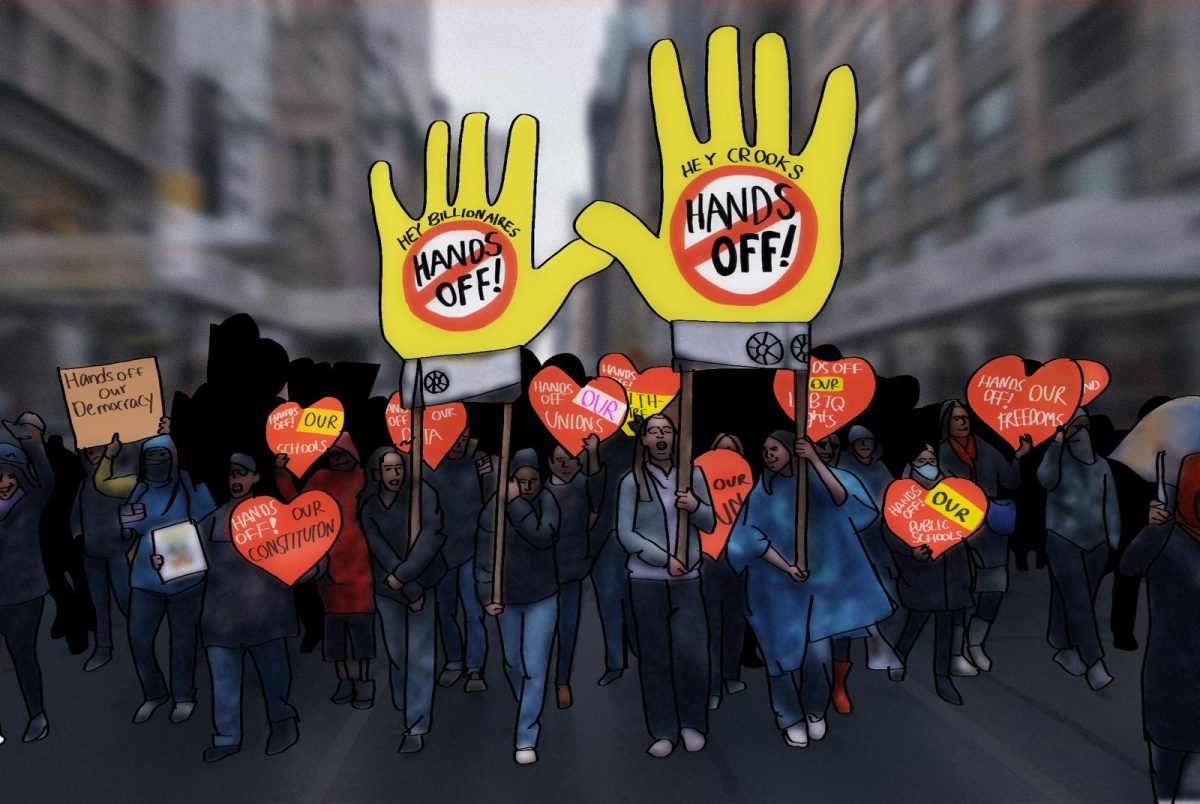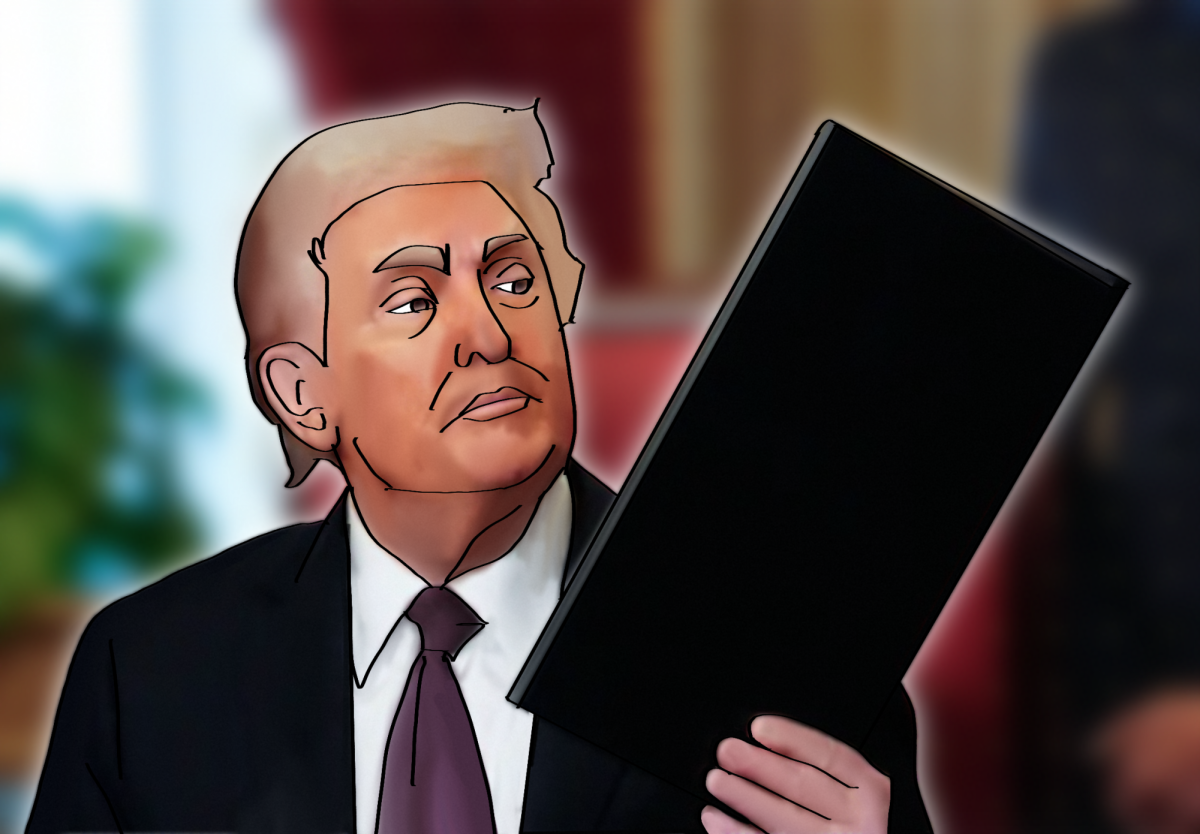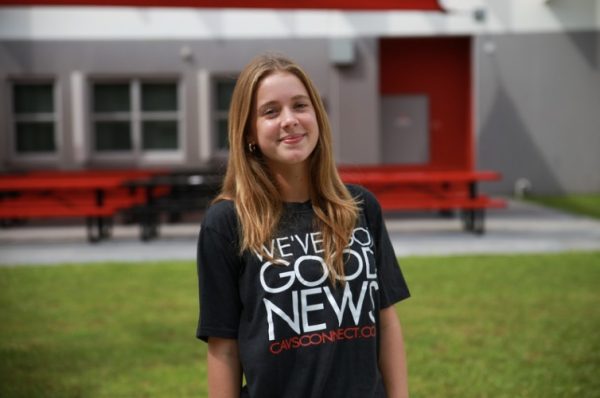The New Wonder Woman: Stacey Abrams
Stacey Abrams helped change the outcome of this election and showed the American people that we can overcome obstacles and make a change.
Nov 19, 2020
With a rigid voting system filled with the obstacles of the electoral college and voter identification laws that vary by state, it is inspiring to see a woman in politics taking action to combat these unfair impediments that come with voicing your truth. Stacey Abrams did this when she led an initiative that registered almost 800,000 disenfranchised voters in her state of Georgia. This incredible feat was possible through Fair Fight Action, an organization that was created to combat voter suppression which Abrams founded in 2018 . Defying the odds, this initiative advocated for BIPOC voters and youth voters to be able to easily cast their ballots.
Not only did she register hundreds of thousands of voters but two years prior, she ran for governor in the 2018 midterms as a Democratic nominee. Abrams was so incredibly close to winning but lost by a small margin. Rather than wallowing in defeat, she decided to take action because it was apparent that voter disenfranchisement was a far too real thing in her state. By running for office, she became the first African-American woman to run for governor in the United States in a major political party. However, this was not the only barrier she broke. Through her work with Fair Fight Action, Abrams went out in her community and registered voters by speaking with them and giving them a reason to vote and a reason to have faith that the system would work if they put in the effort. Her resilience not only changed the political climate of this election, but showed how prevalent the issue of voter suppression truly is.
“Her [Abrams’s] main focus was to help bring the votes of people of color to the polls and make their voices heard. Democrats could win more races by expanding to include non frequent voters of color which is what Stacey Abrams did. We should be focusing more on what she achieved for her state,” junior Sofia Alcaide said.
Voter suppression is a strategy used in the election process to ensure a particular outcome by preventing or trying to prevent certain groups from having their votes counted and their voices heard. Georgia is a predominantly red state because of the voter suppression built into the landscape of the state as a result of a long history of segregation. In the United States, prejudiced policies made their way into each state and left a lasting impact on the structure of our democracy. Now, what does voter suppression even look like? Within the system that counts “everyone’s votes,” there are methods to prevent some from being counted.
Some of these tactics include blockbusting and redlining. Both of these ways are used to create certain neighborhoods isolating or dividing Black voters, Latinx voters, Asian-American voters and Indigenous voters. Blockbusting was a real estate technique that persuaded white homeowners to move away from predominantly Black neighborhoods to sell the property to more Black families at higher prices. Redlining was another tactic beginning in the 1960s that divided up larger cities into different sections; the red districts were considered the ‘bad’ areas but these neighborhoods were predominantly Black. These two methods of segregation made way for voter suppression in its many forms. Because there are pockets where there is a higher Black population, these areas have fewer polling places therefore making it more difficult to vote. It is 2020 and the fact that this is still going on highlights the systemic racism in all our institutions.
Stacey Abrams’s efforts to combat voter suppression in Georgia changed the course of the 2020 election. Her work registering marginalized communities to vote ensured that thousands of people would have their frequently overlooked voices heard. Door by door, city by city and state by state, changes can be made in our country as long we take action and encourage others to do so as well.













